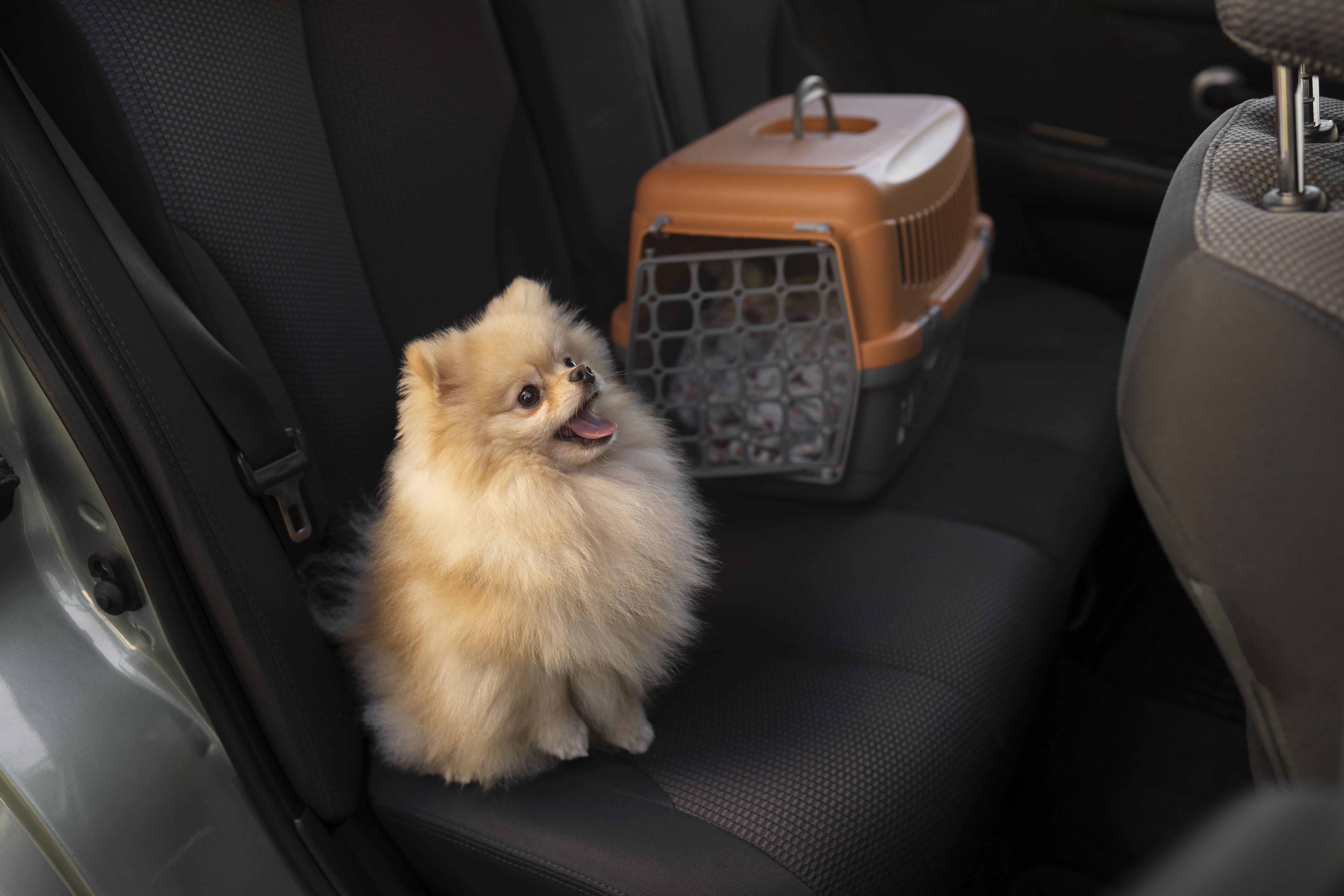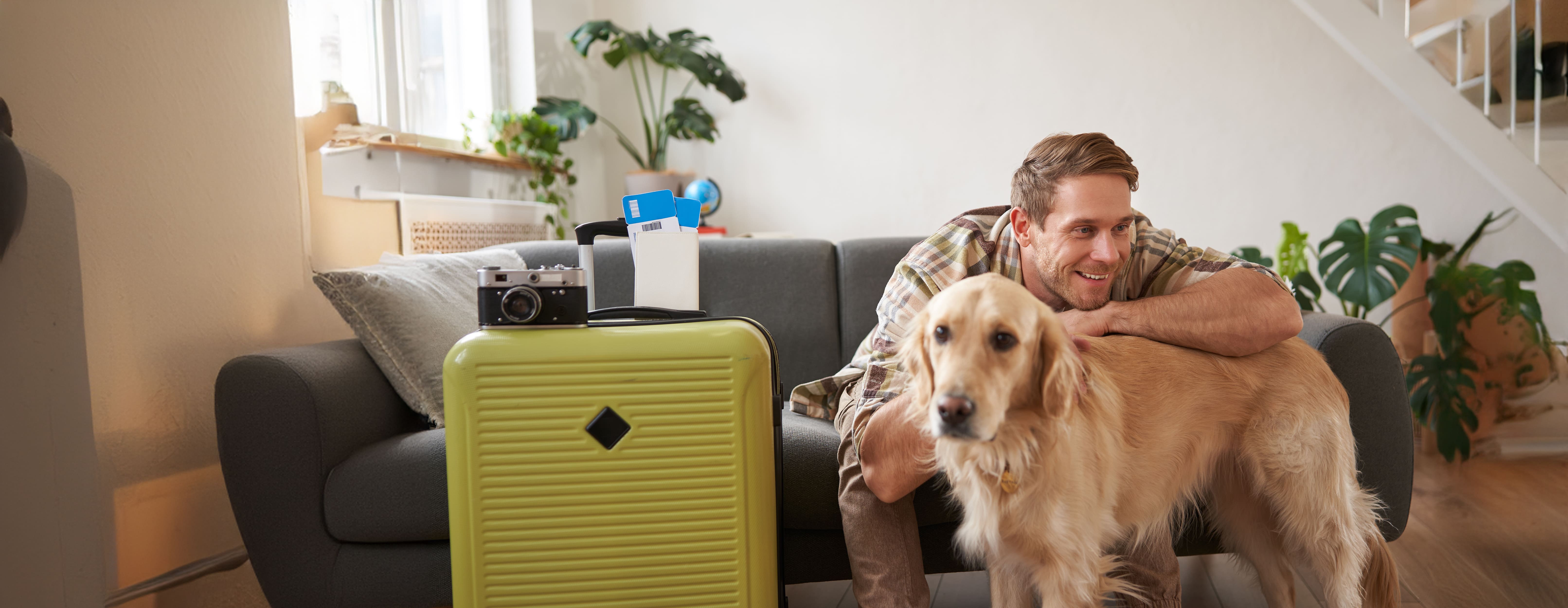For many of us, pets aren’t just animals—they’re family. And if you’re planning to fly, leaving your furry companion behind isn’t always an option—or a desire. Thankfully, modern air travel is becoming more accommodating for pets, but navigating the logistics still requires planning, patience, and a bit of strategy.
Here’s your go-to guide to flying with your pet—so you can both enjoy the journey with less stress and more peace of mind.
Before you book, research your airline’s pet policy thoroughly. Every carrier has different rules regarding:
1. Know Your Airline’s Pet Policy
- Size and breed restrictions
- Cabin vs. cargo options
- Carrier dimensions
- Health documentation requirements
- Fees and reservation procedures
Some airlines are more pet-friendly than others, offering special pet programs or loyalty perks. Don’t hesitate to call customer service to confirm details or secure a pet reservation early—space is often limited.
2. Choose the Right Carrier
The carrier you choose can make or break your pet’s travel experience. It should be:
- Well-ventilated and airline-approved
- Large enough for your pet to turn around and lie down
- Soft-sided (if flying in the cabin)
- Labeled with your contact info and your pet’s name
Allow your pet to get familiar with the carrier before the trip by placing it in your home and encouraging them to spend time in it.
3. Book a Direct Flight if Possible
Layovers add unnecessary stress to pet travel. Whenever you can, book a nonstop flight to reduce the time your pet is in transit and minimize the risk of mishandled transfers, especially if your pet is flying in the cargo hold.
4. Prepare the Paperwork
Most airlines require:
- A recent health certificate from your vet (usually within 10 days of travel)
- Proof of vaccinations
- ID tags on both your pet and their carrier
If you’re flying internationally, check import/export regulations and quarantine rules for your destination. Some countries require months of planning ahead.

5. Pre-Flight Prep for Comfort and Safety
Help your pet feel calm and secure on travel day:
- Exercise your pet before arriving at the airport
- Feed them a light meal 4–6 hours before the flight
- Line the carrier with absorbent material
- Bring familiar items like a toy or blanket for comfort
- Pack essentials in your carry-on: leash, treats, waste bags, water bowl, and documentation
Ask your vet about natural calming aids if your pet is anxious, but never sedate your pet without veterinary guidance.
6. Check In Early and Stay Calm
Arrive at the airport early to avoid unnecessary stress. If your pet is flying in the cabin, you'll need to go through security together (yes, your pet will briefly come out of the carrier). Stay calm and reassuring—your pet picks up on your energy.
If your pet is flying as cargo, confirm the crate is properly labeled and secured. Most airlines will let you watch the loading process.
7. Upon Arrival: Reconnect and Rehydrate
Once you land, give your pet time to stretch, use the bathroom, and drink water. Be patient—they’ve had a long day too! If you're staying in a hotel or rental, ensure it’s pet-friendly and give them time to adjust to the new environment.
The Journey is Better Together
Traveling with pets requires extra planning, but the reward is worth it—there’s nothing like exploring new places with your four-legged friend by your side. With the right preparation and a little patience, you and your pet can soar through the skies together smoothly and safely.
Because adventures are better when shared—with tails wagging and hearts full.




